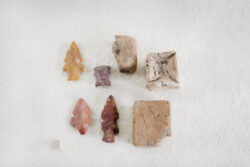Archaeology
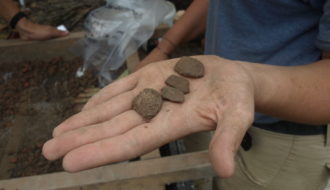
Archaeology of the New Orleans Area
In New Orleans archaeological explorations span 2,500 years of history

In New Orleans archaeological explorations span 2,500 years of history
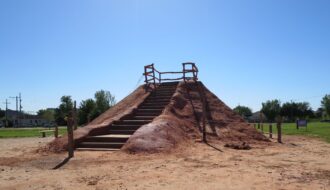
An Indigenous name for the area most often known in English as New Orleans.
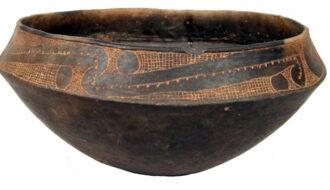
This entry covers prehistoric Caddo culture during the Late Woodland and Mississippi Periods, 900–1700 CE.
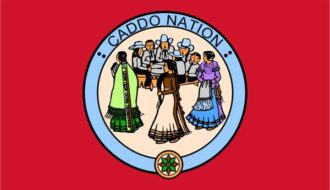
The Caddo Indian Treaty of 1835 between the Caddo people of northwestern Louisiana and the US government resulted in a protected American boundary with Mexico, the relocation of the Caddo from Louisiana to Indian Territory (now Oklahoma), and the establishment of present-day Shreveport.
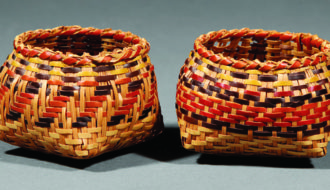
Deeply rooted in the history, spirituality, and daily activities of the Chitimacha people, basketry remains a visible expression of the Chitimacha Indian tribe’s culture and tradition.
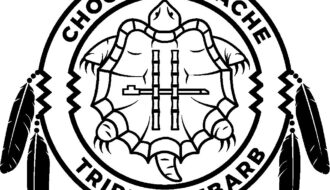
The Choctaw-Apache Tribe of Ebarb is Louisiana’s second-largest tribe, with more than seven thousand enrolled citizens.
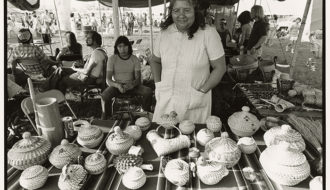
The skills of the Coushatta Tribe’s contemporary basket weavers have elevated this centuries-old utilitarian craft to a highly valued art form showcased in private and museum collections nationwide.

People of the Plaquemine, Caddo, and Mississippian cultures lived in Louisiana between 300 and 800 years ago during a time known as the Mississippi period.
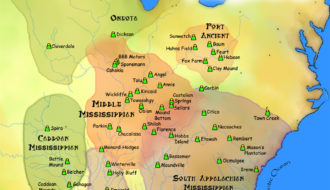
This entry covers the Plaquemine culture in the Lower Mississippi River Valley during the Mississippi period, 1200 to 1700 CE
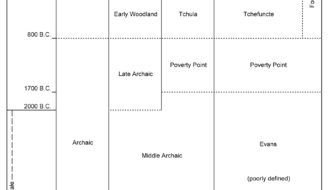
This entry explores the history of American Indian life in Louisiana from 11,500 BCE to 1700 CE through the study of prehistoric archaeology.
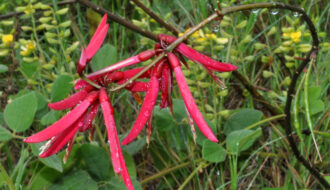
Healers draw on a folk tradition that dates to the eighteenth century and includes Creole, Native American, Cajun, and European influences.
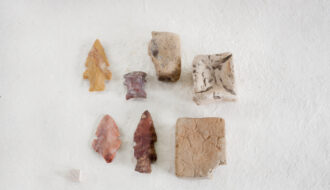
By studying artifacts, archaeologists know that people were in Louisiana at least 13,000 years ago.
One-Year Subscription (4 issues) : $25.00
Two-Year Subscription (8 issues) : $40.00
